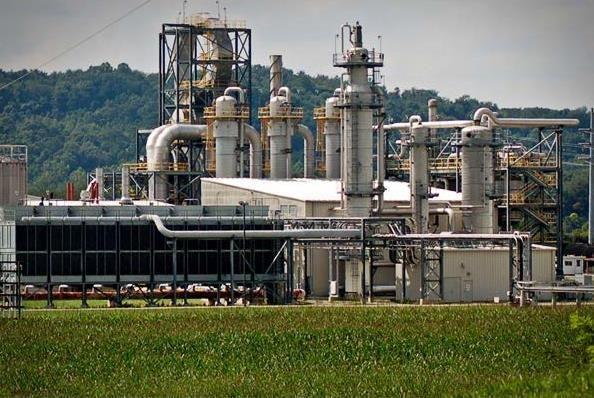
The massive U.S. corn ethanol production industry hopes to tap into growing demand for sustainable aviation fuel.
Credit: Three Rivers Energy
U.S. airlines have backed the use of a carbon life-cycle assessment model that would make it easier for sustainable aviation fuel (SAF) made from corn ethanol to qualify for a government subsidy. Use of the model is opposed by environmental groups that fear it could incentivize the production of...
Subscription Required
U.S. Airlines Back Ethanol Producers On SAF Credit is published in Aviation Daily, an Aviation Week Intelligence Network (AWIN) Market Briefing and is included with your AWIN membership.
Already a member of AWIN or subscribe to Aviation Daily through your company? Login with your existing email and password
Not a member? Learn how to access the market intelligence and data you need to stay abreast of what's happening in the air transport community.





